Largely constituting MSMEs, non-ferrous metal component manufacturers are striving hard to stage a recovery from the pandemic induced degrowth. Ashish Bhatia with inputs from Deven Lad traces the headwinds and tailwinds around ancillaries based out of Asia’s largest brass micro-market.
An alloy of copper and zinc in varying proportions, all through the pandemic, the non-ferrous metal ancillaries have recorded a loss of sheen compared to pre-Covid-19 quarters. Attributed to the decline in automotive business revenue share, the foundries into manufacture of the substitutional alloy – brass based in Jamnagar, known as the jewel of Kathiawar, on the coast of the Gulf of Kutch, in Gujarat were faced with a myriad of problems. Perhaps, for the first time in decades, the existence of the businesses that have made Jamnagar, Asia’s largest automotive and non-automotive brass ancillary micro market has been threatened to such an extent in over 80 years since inception. Of all the headwinds, the hike in commodity prices continues to eat into their profits, nearly one year into the grinding halt of the economy. Demand outlook, however, is showing a relative improvement, on a quarterly basis, say stakeholders.
Precision brass component manufacturers
Take for instance, Jamnagar based Ishita Industries, manufacturer of precision brass components. Sagar Patel, Chief Executive Officer, breathed a sigh of relief at his business staging a recovery. However, the company missed its turnover benchmark of sixty crore in FY2020-21 due to poor demand for the jewel of components. An ancillary supplier to nearly 15 Original Equipment Manufacturers (OEMs), the company’s regular business cycle accounts for OEM supplies, in tranches, from its in-house raw material (Import based), extrusion plant, production unit and finish plant. Dabbling in both pure auto and electronic products including adapters, blocks, bolts, bushings, cages, clamps, collars, couplings, dowels, electronic connectors, electrical pin, electrical socket, earthing and grounding component, fasteners, fittings, gear parts, the company customises nearly 1100 samples to produce an annual 3000 variants, as per requirement. Patel expressed concern over the hike in London Metal Exchange (LME) benchmark prices for commodities like copper and zinc known to have sent production costs spiralling northwards.

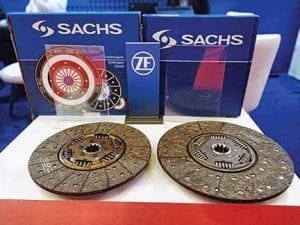
A source at another manufacturer of non-ferrous metal components, Swati Enterprise, spoke of the community having seen better days in office. Pre-Covid-19, production was claimed to be in the range of 50 to 57-tonne with a bulk of the business credited to the OEM exposure. A manufacturer of brass auto parts like inserts, fuel nozzle, flat washer, hoses, valve parts, automobile set screw, wing nuts and benjo bolts, the nearly daily hike in metal prices, he confirmed, has particularly hit the business hard in the first (Q1FY2021) and the third (Q3 FY2021) quarters of FY2021. Without mincing words, he expressed concern on the continuing price hike in commodities constituting the alloy, in varied proportions, as per application needs.

Arjan Industries has invested nearly five decades in the business of precision turned brass components and caters majorly to the automotive sector. In the business of manufacturing automotive hoses, automotive inserts and automotive valve parts, the company also works on the plastic injection moulds with plastic ancillaries. Besides interior and exterior components, the company also caters to the lighting, engine and transmission, brakes, suspension, and clutch components for automotive dealers. Exclaimed Raj Chandani, Chief Executive Officer at the company on behalf of his peers, “It is a tough business environment!” “Raw material prices are increasing on an ongoing basis making it a very tough market to operate in. We are personally not taking on new orders because of this instability right now,” he explained.
Hike for real or artificial?
 As per reports, copper prices have increased from USD 7756 per tonne on February 02, 2021 to USD 8807 per tonne on February 19, 2021, registering a spike of approximately 14 per cent. Hitting a nine-year high, this rally in global copper prices is attributed to a supply deficit. Mentioned Lakhabhai Keshwala, President, Jamnagar Factory Owners Association (JFOA) representing the 8000 member strong community of Asia’s largest brass ancillary market, supplying an estimated 2000 parts to the automotive industry. Sharing his thoughts on the price hike, he opined, it was a foul play. “This price hike is artificially created on a global basis, and even the Government of India cannot control it. In a week, prices were raised to Rs.420 (with a nearly Rs.60 hike),”
As per reports, copper prices have increased from USD 7756 per tonne on February 02, 2021 to USD 8807 per tonne on February 19, 2021, registering a spike of approximately 14 per cent. Hitting a nine-year high, this rally in global copper prices is attributed to a supply deficit. Mentioned Lakhabhai Keshwala, President, Jamnagar Factory Owners Association (JFOA) representing the 8000 member strong community of Asia’s largest brass ancillary market, supplying an estimated 2000 parts to the automotive industry. Sharing his thoughts on the price hike, he opined, it was a foul play. “This price hike is artificially created on a global basis, and even the Government of India cannot control it. In a week, prices were raised to Rs.420 (with a nearly Rs.60 hike),”
he claimed.
Echoing the discontent of ancillaries owing to recurring hikes, Keshwala drew attention to the latter having no option but to buy at higher costs owing to supply-side pressures. “All of us are waiting for the prices to cool down as we are left with no choice but to meet our supply-side commitments. During the pandemic, there was no demand so obviously, it’s the miscreants who bet on these prices are behind the hike,” he claimed. There are however exceptions like in any industry. Explained Chandani, for companies like Arjan, not dealing directly with any traders for procuring scrap of copper or zinc, the impact on the finished goods price was not as much given that the prices are defined by the LME.
In the nick of time
Negating the hike in commodity prices are a few positives for the industry. For instance, the MSME tranches announced under the Atma Nirbhar Bharat Abhiyan by the Finance Minister Nirmala Sitharaman, in May 2020, is believed to have addressed an extent of the industry’s woes. The government had proposed a total kitty of rupees three lakh crore, collateral-free loans for MSMEs, fully guaranteed by the Centre. A principal repayment moratorium of 12 months and a capped interest rate without any guarantee fee was also announced. Changing the definition of MSMEs, the eligibility criteria for micro enterprises was raised from Rs.25 lakh to rupees one crore for manufacturing enterprises. The limit for small manufacturing enterprises was raised from five crore to Rs.10 crore. The limit for medium manufacturing enterprises was raised from Rs.10 crore to Rs.20 crore.

The leverage
The diversion of imports from China to India in the wake of the pandemic has to an extent given a new lease of life to the ancillaries in Jamnagar. It is an opportunity to get back on the growth track, say some. Stated Patel, there are green shoots on the export front. “We’ve benefited as we because of China as we are getting requests from the USA for parts previously imported from China. Besides us in Jamnagar, expect the import diversion to also benefit other brass hubs like Punjab and Ahmedabad even though the regions are not as big.” Not just from the USA, expect demand from other foreign countries to benefit local manufacturers, opined Keshwala. Admitting it to be a challenging year for manufacturers, the spokeshead at Swati Enterprise, called for the need to strategise to be able to offer such new clients, competitive rates, for winning business. There is a need to reduce the sole China import dependence of many automotive companies in the country. Added Keshwala, it could be achieved by offering desirable quality at competitive prices.
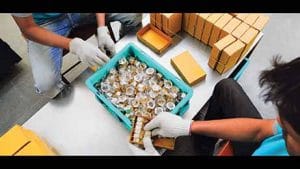
New efficiencies and alternatives
Companies like Arjan are using the lull to add to their efficiencies. For instance, it has added a few 100 per cent automatic lines for assembly of components. The company has put in place a dedicated team for specific tasks and for procurement of cost-effective raw materials in order to circumnavigate disruptions like the commodity price and import duty hikes. Lauding the local manufacturers for competing at par with advanced markets like China, he added, Jamnagar based ancillaries like Arjan had their hands full with export orders. Aware of the metal parts turning obsolete with the penetration of electric vehicles, the brass ancillaries are additionally diversifying into non-traditional revenue streams beyond automotive. The latter, according to Chandani, also guarantees a low volume business with higher margins in comparison to the high volume and low margin, cut-throat margin associated with the automotive sector. Others like Patel, are pursuing alternatives like transforming the brass portfolio to aluminium owing to the demand of the latter’s strength and light-weighting capability. “We have also started making aluminium components. So if there are a 100 parts manufactured, 10 could be of aluminium with 90 in favour of brass to begin with,” he concluded. Others opine, if resource availability is not stabilised, it wouldn’t be wrong to expect brass to turn into a premium commodity in the near term. ACI




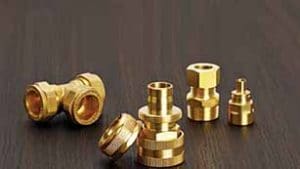
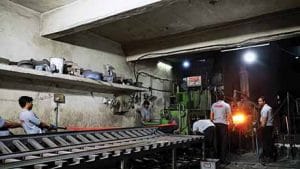
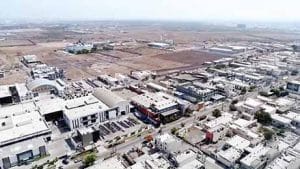


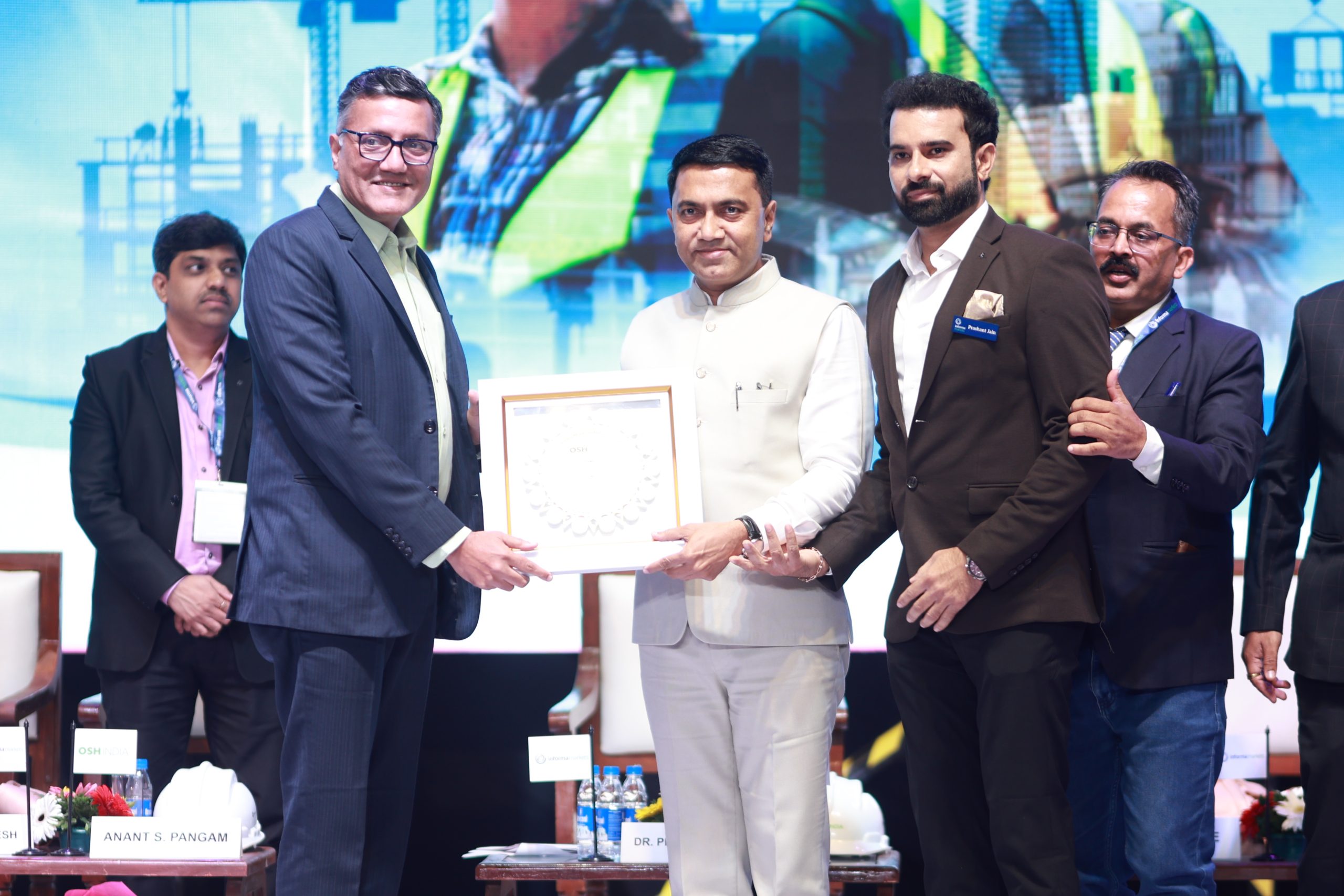




Leave a Reply